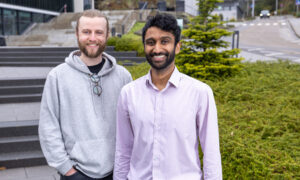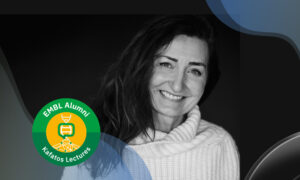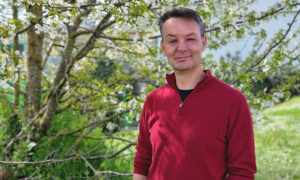
The EMBL evolution: Ewan Birney on open data and the ethos of excellence
Ewan Birney reflects on his time at EMBL and the development of the organisation through a commitment to open data and nurturing scientific talent
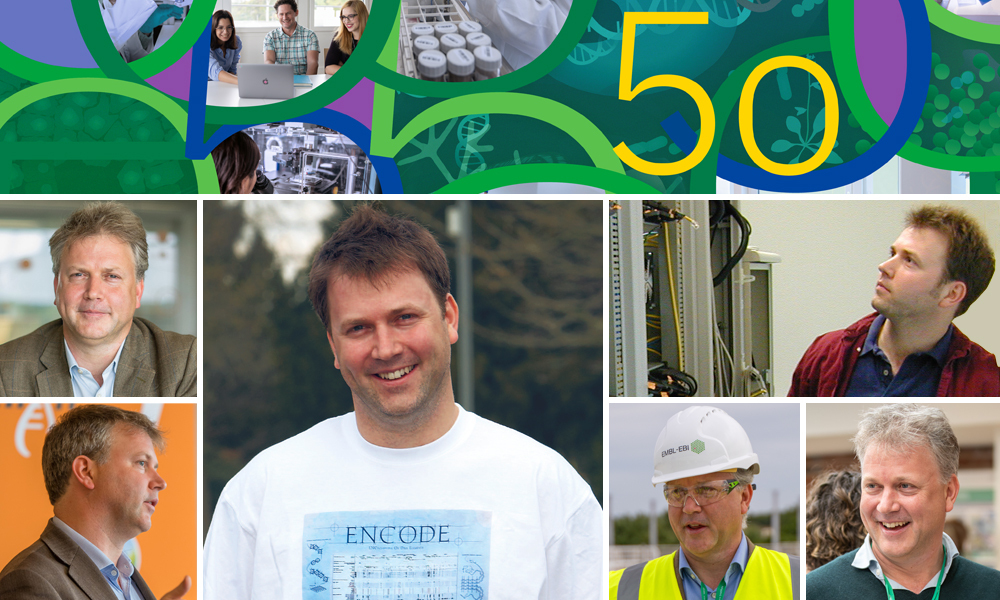
My journey with EMBL encapsulates the institution’s ethos: fostering excellence in research, nurturing young scientific talent, and delivering top-tier services to the global scientific community. EMBL’s approach of creating small, independent research groups led by young investigators has not only been a model for other institutions but also served as a testament to the power of investing in the next generation of scientists.
I first entered the world of molecular biology at Cold Spring Harbor Laboratory in New York. Soon after this as an eager 22-year-old, I pursued a summer internship at EMBL Heidelberg. Through this I discovered the emerging field of bioinformatics, working alongside pioneers Toby Gibson and Julie Thompson – famous for their collaboration with Des Higgins on the groundbreaking tool Clustal.
After my internship, I spent some years studying for my PhD at the Wellcome Sanger Institute, which neighbours EMBL’s European Bioinformatics Institute (EMBL-EBI), on a (then newly established) campus outside of Cambridge, UK. This allowed me to be close to the ground-breaking endeavour that was the Human Genome Project, whilst out of the corner of my eye I could see EMBL-EBI grow from a small group of dedicated scientists to the world-leading research infrastructure it is today.
Ensembl and beyond
When the sequencing of the human genome was accelerating, the need for sophisticated computational tools to analyse and interpret this wealth of data was becoming critical. At the turn of the millennium myself, Tim Hubbard (now Director of ELIXIR) and Michele Clamp started the Ensembl project and at the end of my PhD I joined EMBL-EBI.
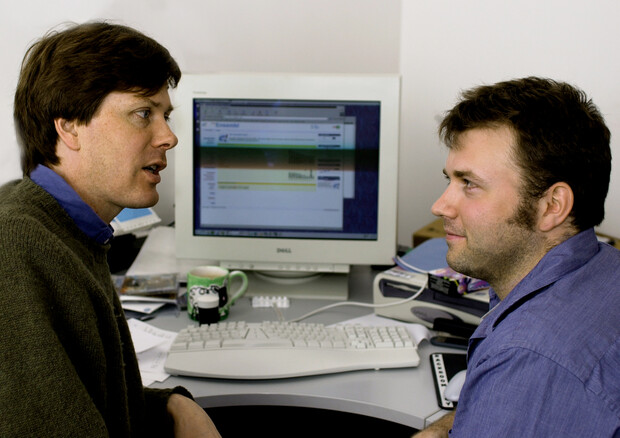
Initially creating an accurate representation of the protein-coding gene set and then integrating various genomic data types, including variation, regulatory regions, and comparative genomics insights, made Ensembl a foundational resource for genomics. Ensembl now empowers researchers around the world to advance our fundamental understanding of life and develop solutions for human health, food security, and biodiversity.
Just as I have been privileged to see EMBL-EBI grow into a global powerhouse of bioinformatics, it has been hugely gratifying to see Ensembl become a globally-used data resource that has supported countless scientific discoveries worldwide.
The EMBL ethos
EMBL was founded in 1974 with the missions of promoting molecular biology research in Europe, training young scientists, and developing new technologies. Training remains absolutely core to EMBL’s missions. The EMBL PhD programme provides scientists an incredibly diverse, interdisciplinary and multinational community and cutting-edge facilities within which to learn. This programme has helped over 1,000 students develop into skilled, independent researchers and non-research professionals under the mentorship of EMBL’s world-class faculty. EMBL staff and fellows also have access to a variety of personal and professional development opportunities to improve their skills.
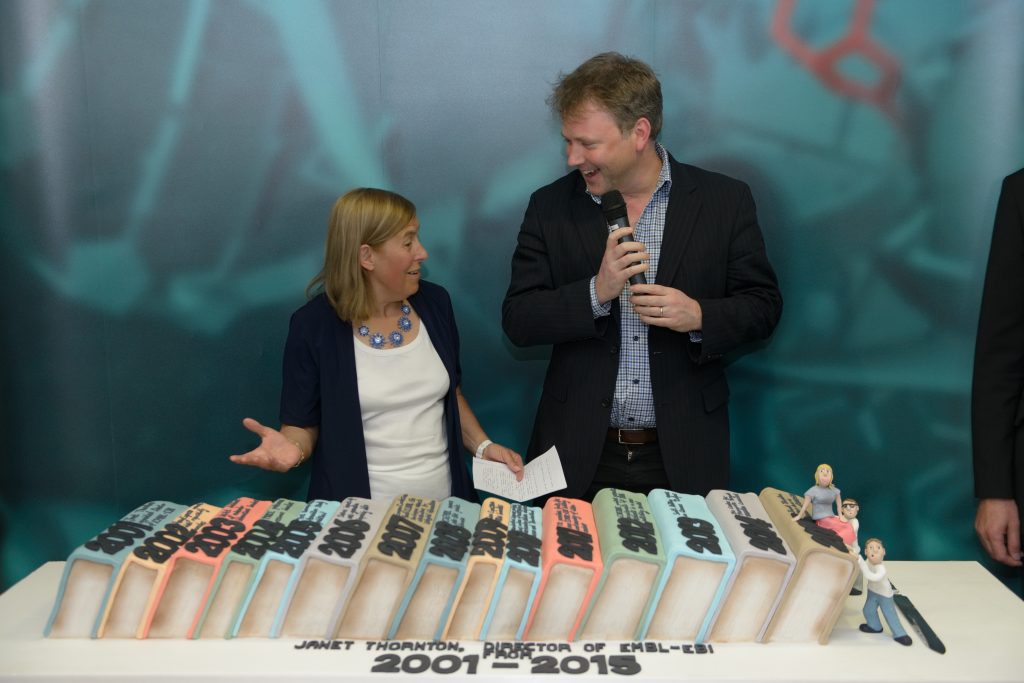
At EMBL we work under a ‘nine-year rule’. This is a dynamic approach to fostering scientific careers that limits the majority of EMBL scientists’ tenure to a maximum of nine years. This nine-year rule promotes fresh ideas and ensures the continuous evolution of the organisation. It also encourages EMBL scientists to disseminate their ideas and expertise globally, enhancing the worldwide scientific community with insights and experiences gained at EMBL. This unique approach gives EMBL a large alumni community who deliver a broad impact on science and research internationally.
EMBL’s approach of creating small, independent research groups led by young investigators, surrounded by a rich programme of seminars and a focus on providing opportunities to exchange ideas, has been a model for other institutions. I continue to lead a research group at EMBL-EBI and some of my most rewarding projects have come from close joint work between myself and students or postdocs.
Services to support global research
EMBL’s services span data resources, synchrotrons for structural biology, state-of-the-art imaging, and more, underpinning EMBL’s commitment to enabling and performing scientific research.
EMBL-EBI’s data resources are used by millions of scientists worldwide to access critical data. According to an independent study, they contribute to the realisation of future research impacts worth £2.2 billion annually. Our work underscores a deep-seated belief in the power of open data and collaborative science to advance our understanding of all life on Earth. Life science research relies on this complex, collective dataset, where EMBL-EBI provides the European, and often the global infrastructure. I am immensely proud to be part of this bigger endeavour, with so much science, and an increasing amount of healthcare, enabled by these data.
Our synchrotrons in Grenoble and Hamburg showcase EMBL’s dedication to providing researchers with access to cutting-edge experimental facilities. These synchrotrons enable scientists to delve into the atomic details of biomolecules, offering insights that are crucial for understanding biological functions. It’s exciting to watch these areas evolve, for example, bringing in X-ray imaging using synchrotron radiation. Walking around the impressive synchrotrons at the Grenoble European Synchrotron Radiation Facility (ESRF) and Hamburg Deutsches Elektronen-Synchrotron (DESY) has given me an education in electron rings and X-ray photonics which was a world of mystery previously.
I believe imaging and genomics are the two fundamental technologies for understanding life. The recent establishment of the EMBL Imaging Centre in Heidelberg is a testament to our foresight in recognising the transformative potential of advanced microscopy techniques. By offering access to the latest in imaging technology, we empower researchers to explore the intricacies of cellular processes in unprecedented detail. This initiative reflects our efforts to remove barriers to sophisticated experimental techniques, ensuring that scientists can push the boundaries of visualisation and analysis.
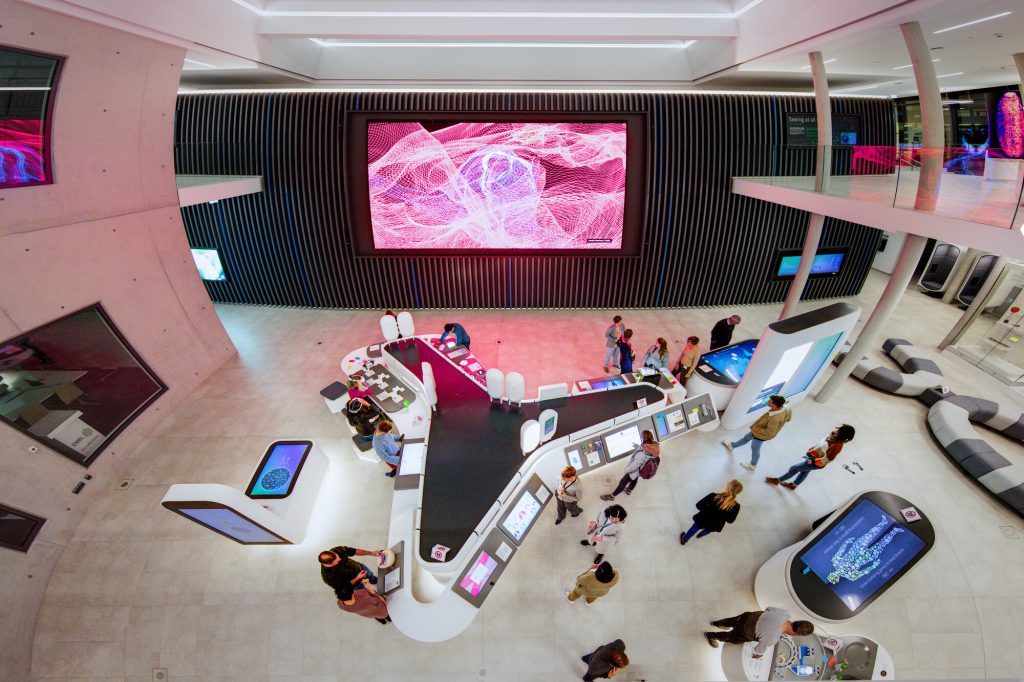
Each of these services embodies EMBL’s ethos of fostering scientific excellence, collaboration, and innovation. By providing access to advanced technological platforms and supporting their use with expert guidance, we enable scientists from our member states, and beyond, to pursue research that would otherwise be out of reach.
A look to the future
As EMBL stands on the cusp of its next 50 years, it’s an opportune moment to look to the future. The integration of emerging technologies such as artificial intelligence and advanced imaging into our work promises to redefine our understanding of life from molecules to ecosystems. These advancements will undoubtedly cement EMBL’s position at the forefront of life sciences research, continuing our tradition of pioneering breakthroughs that resonate across the scientific community.
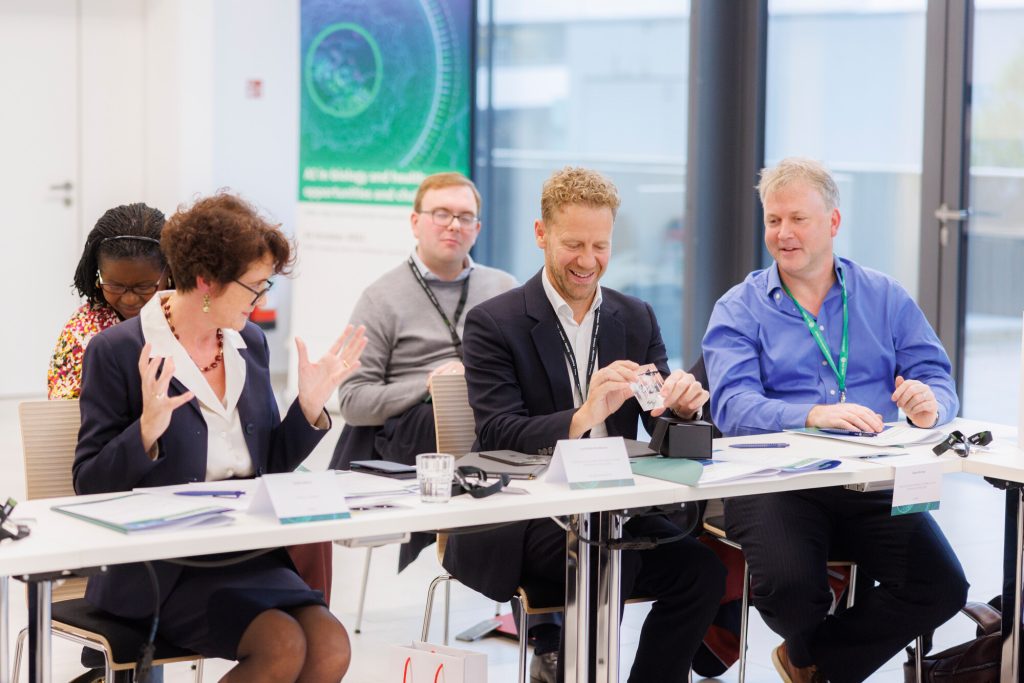
Looking back, I could have never guessed that a summer internship would completely change the course of my life. That summer I had my first taste of Hefeweizen, and my first walk around the beautiful old town of Heidelberg, both of which I continue to enjoy now, some 30 years later.
As I contemplate the future, I’m inspired by the potential of new scientific frontiers and EMBL’s role in exploring them. Our journey now enters an exciting new phase of discovery and innovation. The next 50 years promise to be as transformative as the last, driven by our enduring commitment to excellence, collaboration, and service to the global scientific community.
